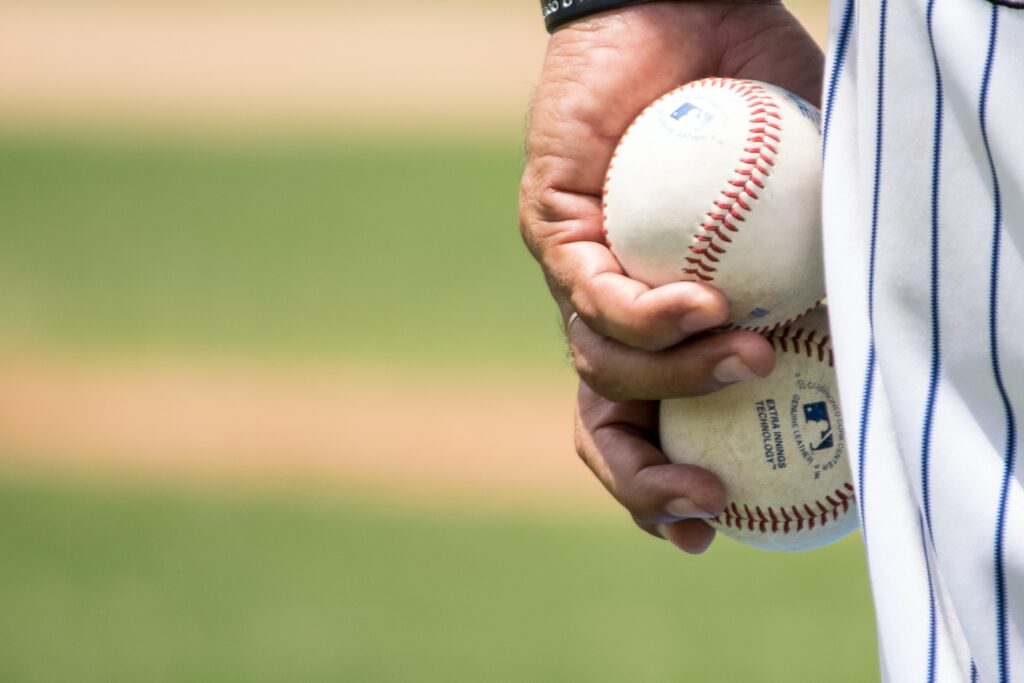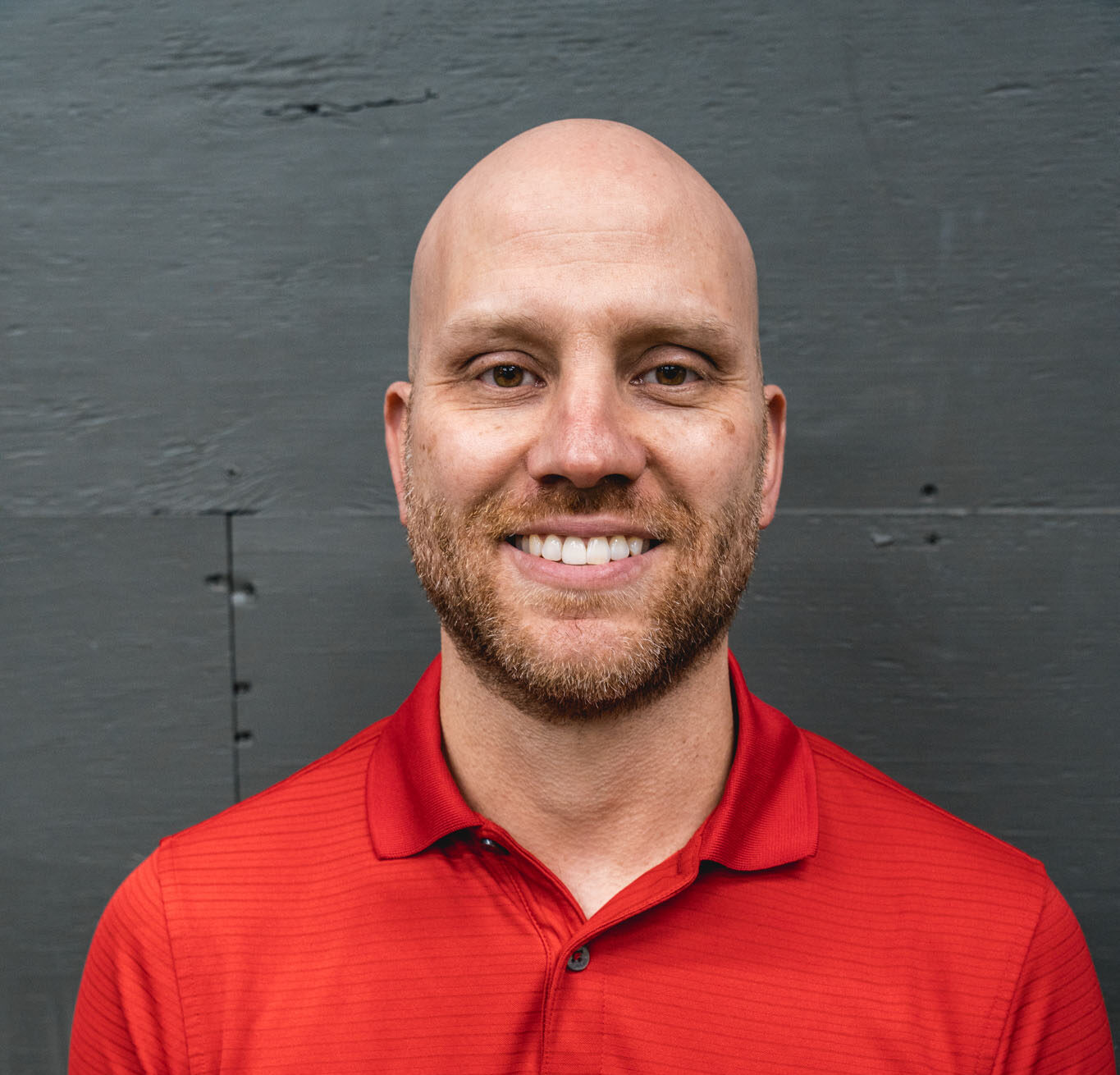
Earlier this summer, USA Today reported on data from Baseball Prospectus, that elbow and shoulder injuries have increased 44% since last year. If you type “baseball” into PubMed, you will find no less than 4,925 results. Type “pitching” and you will find over 27,000 articles. Thousands of research studies have been performed, and yet injury rates continue to climb. Is it velocity? Is it the pitch clock? GIRD? Early specialization? Which factors are truly responsible for the rise in pitching injuries?
There are several factors that contribute to injuries in pitchers. Fleisig et al showed that at maximum external rotation (layback) there is 67 Nm of internal rotation torque, and after ball release the shoulder generates 1090 N of compressive force to counteract the distraction forces on the GHJ. Not only must the musculature be strong enough to handle these forces, but the nervous system must coordinate both the timing and the intensity of muscle activity to stabilize the shoulder and elbow.
Glenohumeral internal rotation deficit has long been viewed as a contributor to injury in the throwing shoulder and elbow. While a lack of adequate range of motion can certainly increase stress both locally and in other remote areas of the body, stretching the shoulder into internal rotation may not be the answer to our problems, or at least not the only answer.
Posterior capsule thickening has been identified as the precipitating factor in internal rotation range of motion loss. Interestingly, the infraspinatus, supraspinatus and teres minor tendons all blend with the GHJ capsule, making it stronger but also potentially allowing for tension changes in the capsule dictated by the recruitment level of the posterior rotator cuff. It has long been assumed that thickening of the posterior capsule is pathologic, causing range of motion loss and injury. Recently, Chalmers et al found that during a Major League Baseball season, the ulnar collateral ligament thickens while simultaneously becoming more lax. After the season, the ligament thins out again, and loses much of its laxity. Thickening of the posterior shoulder capsule in response to the eccentric stress seen at the posterior shoulder after ball release may very well be a protective mechanism to guard against the massive distraction forces seen at the GHJ after ball release. Stretching this capsule out again after the body has thickened the capsule may further endanger the athlete. Most overhead athletes already have laxity in their anterior capsule from the throwing motion. Stretching the posterior capsule can potentially cause multidirectional instability, not to mention a possible reduction in proprioceptive feedback from the stretched area.
When we rehabilitate chronic lateral ankle sprains, we do not “solve” this problem by stretching the medial ankle, we strengthen the ankle and focus on proprioceptive responses to dynamic stress. Cadaveric studies have shown alterations in GHJ motion and positioning when a tight posterior capsule is present. These studies however do not account for the dynamic stability that is (or should be) provided by the subscapularis anteriorly to centralize the humeral head on the glenoid. A strong subscapularis is absolutely essential to eccentrically controlling the shoulder in maximum external rotation (full layback). It is well established and understood that the primary goal of the rotator cuff is to centralize the humeral head on the glenoid. Without adequate strength throughout the ENTIRE rotator cuff, this cannot and will not take place during the overhand throw.
While strength is paramount to throwing, another factor that comes into play is muscle activation. How well is the nervous system communicating with the musculature, and how efficient is both the afferent and efferent feedback into the system? Without appropriate neural communication regarding muscle recruitment and timing, the musculature absolutely cannot do its job. While most textbooks will mention the importance of checking the cervical spine in overhead athletes, there is very little literature on the role of the cervical spine in throwing. This is peculiar given the fact that the cervical spine houses the nerve roots for every peripheral nerve feeding into the upper extremity. Even the slightest inefficiency in the cervical spine and the associated nerve roots could lead to disastrous results in the upper extremity. It is imperative that the first step in any medical examination of the throwing shoulder and elbow is to examine the cervical spine not only for local restrictions, but also in regard to myotomal activation of the peripheral musculature. Once this is optimized, then we build maximum strength on top of an efficient nervous system.
Fleisig GS, Andrews JR, Dillman CJ, Escamilla RF. Kinetics of baseball pitching with implications about injury mechanisms. Am J Sports Med. 1995 Mar-Apr;23(2):233-9. doi: 10.1177/036354659502300218. PMID: 7778711.
Yuri T, Kobayashi H, Takano Y, Yoshida S, Naito A, Fujii H, Kiyoshige Y. Capsular attachment of the subregions of rotator cuff muscles. Surg Radiol Anat. 2019 Nov;41(11):1351-1359. doi: 10.1007/s00276-019-02288-7. Epub 2019 Jul 11. PMID: 31297560; PMCID: PMC6841917.
Grossman MG, Tibone JE, McGarry MH, Schneider DJ, Veneziani S, Lee TQ. A cadaveric model of the throwing shoulder: a possible etiology of superior labrum anterior-to-posterior lesions. J Bone Joint Surg Am. 2005 Apr;87(4):824-31. doi: 10.2106/JBJS.D.01972. PMID: 15805213.
Chalmers PN, English J, Cushman DM, Zhang C, Presson AP, Yoon S, Schulz B, Li B. The ulnar collateral ligament responds to stress in professional pitchers. J Shoulder Elbow Surg. 2021 Mar;30(3):495-503. doi: 10.1016/j.jse.2020.06.027. Epub 2020 Jul 7. PMID: 32650069.
